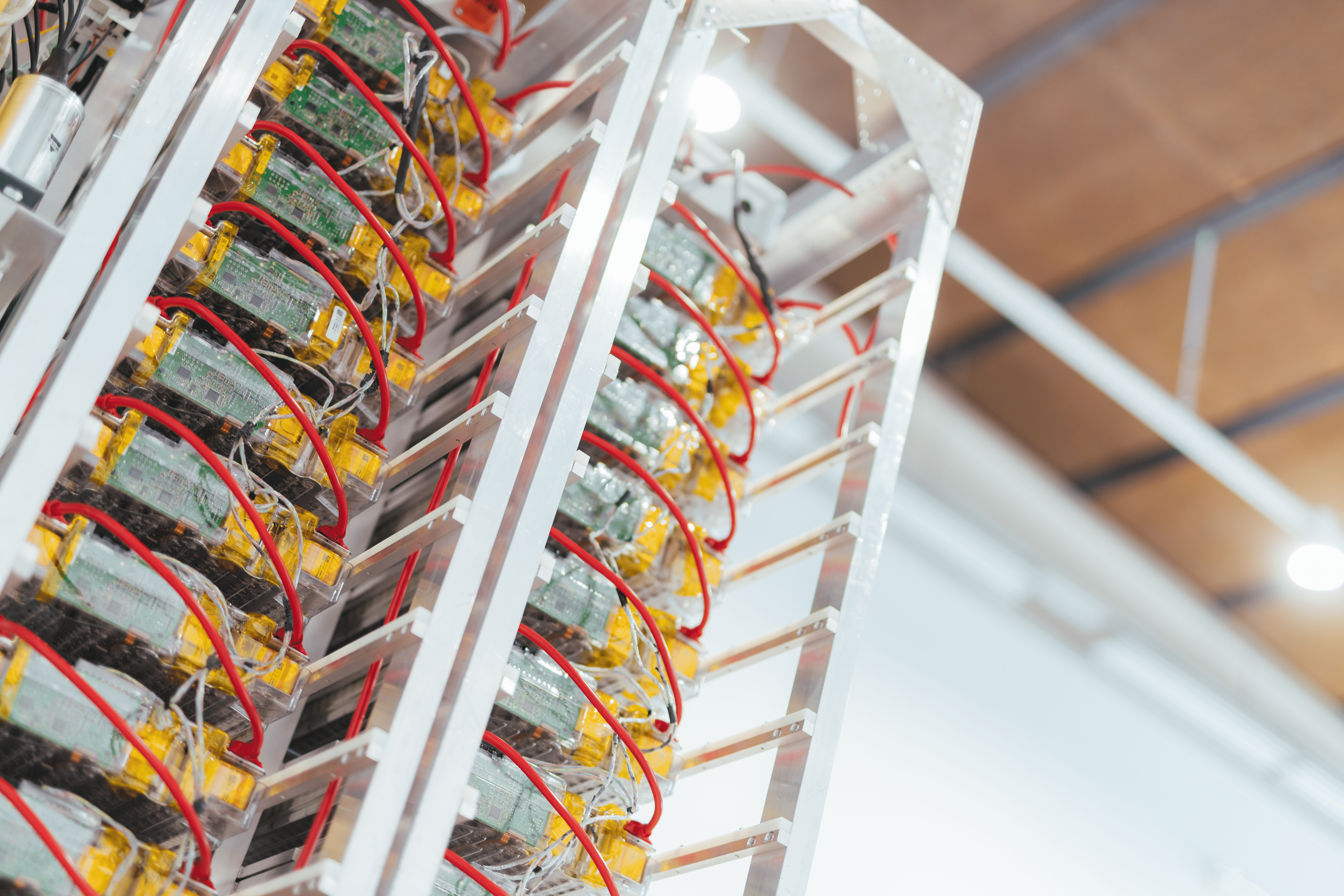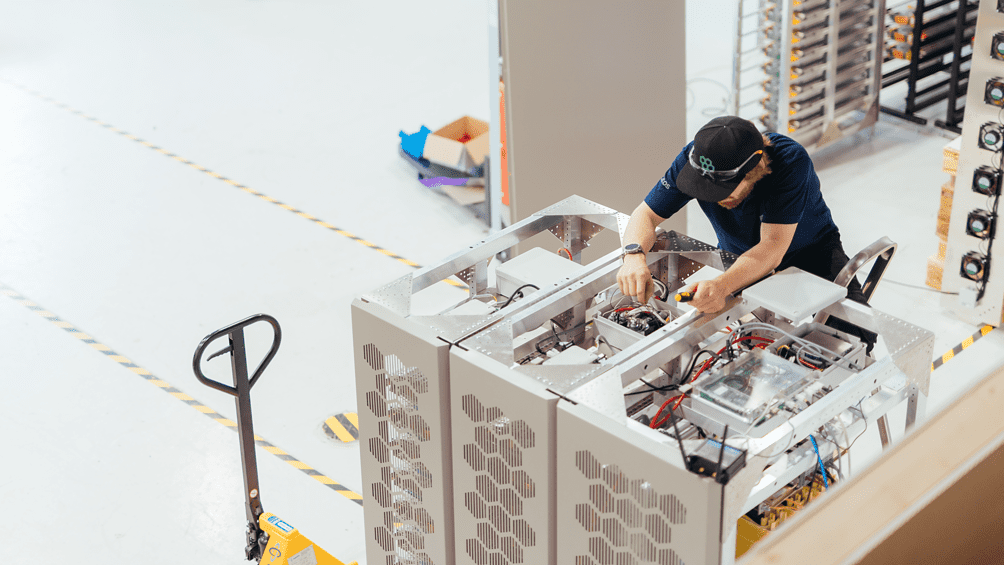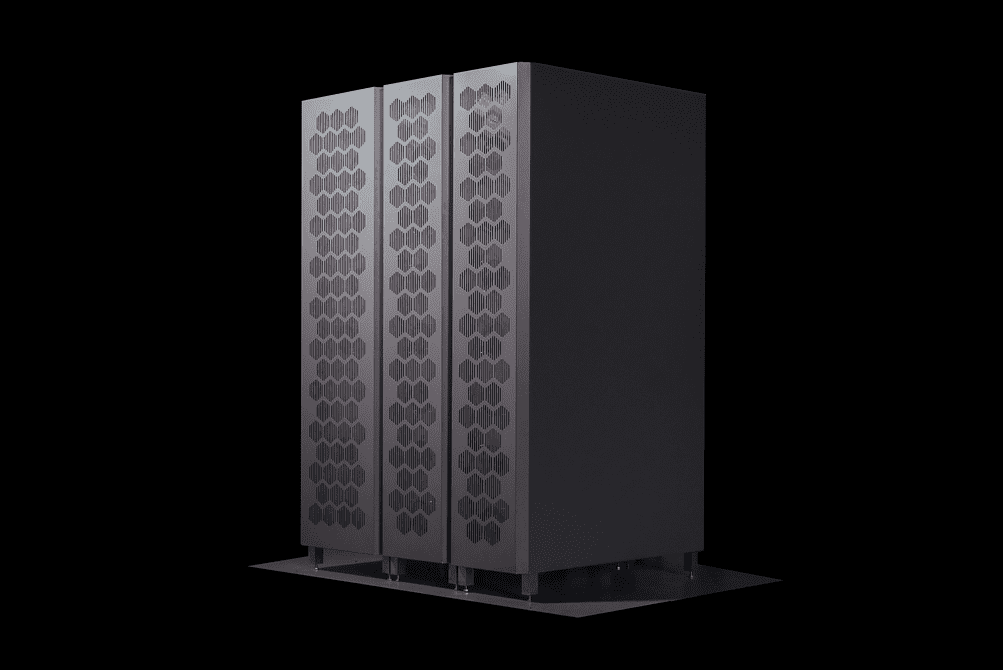
About Cactos
- Founders: Oskari Jaakkola, Olli Nuutila, Veli-Erkki Ruotsalainen, John Graham, Kim Dikert, Esa Ryynänen, Perttu Ahola
- Founded in: 2021
- Employees: 14 – the company will soon expand to 20 employees
- Money raised: €2.5 million
- Ultimate goal: Being the market leader in battery energy storage and related services.
After a career in the fossil energy industry, Oskari Jaakkola started his own green transition. Following his spell as the head of the commercial unit at an oil and gas contractor, he worked as a consultant for private equity funds, also focusing on wind farm investments. By becoming more familiar with the downsides of renewable energy sources, he realized that better storage solutions were needed to exploit green power’s potential.
He and his co-founders came up with Cactos, a company producing and leasing energy storage units made with recycled electric vehicle (EVs) batteries. They developed Cactos One, a unit that can store up to 100 kW/h of electricity. Like cactuses store and optimize water usage, so does Cactos’ unit, which makes efficient use of energy, bringing advantages to users – mostly building owners – and grid operators. In this episode of the Start-up of the Day series Jakkola tells us more about his company.
What is the idea behind Cactos?
“One of my co-founders – Veli-Erkki Ruotsalainen – had a company repurposing spent EV batteries for boats and cars. Then we realized we could use the same technology to build a battery-powered distributed energy storage system. Rather than creating large storage units with dedicated grid connection, we thought of making standardized smaller units and installing them behind the meter, controlling them simultaneously, to have a large battery storage system split up into small units.”

What happened next?
“After that, we came up with the idea of Cactos One, a 100-kilowatt-hour battery pack, with 50 kilowatts of charging and discharging power controlled through a cloud system. Our vision was to make it as easy and accessible as possible for our customers. For this reason, we opted for financing, producing, installing, and operating the units ourselves. The only thing a client has to do is pay the bill every month; the rest is up to us.”
What is the value of your product?
“We are providing our customers with a hassle-free way to store energy. It does load shifting, charging when electricity is cheap, and discharging when it is expensive, either using power for one’s use or sending it back to the grid. In addition, Cactos One is capable of peak shaving. For instance, EV charging locations can discharge automatically when there is more power demand, saving costs from peak energy charges. It is also an electricity buffer in the event of a blackout, as it automatically starts feeding emergency power. Additionally, it delivers reserve market capacity to transmission system operators. This contributes to the overall grid balancing, allowing a higher renewable energy intake.”


What sets you apart from your competitors?
“There is not anyone else in the world that finances builds, installs, and operates battery storage throughout its life cycle. Many companies do part of it, but none take care of all the processes involved. On the software side, the system intelligence and adaptability to different kinds of installation make a difference.”
How does your software work?
“Cactos Spine is a cloud control system that ensures that the battery always produces maximum profits for the users. It sets up operations for every storage unit. Every day at 2 pm, when we get the day-ahead electricity prices, the software automatically calculates charging and discharging cycles. Later in the evening, it places bids for reserve markets. As these are accepted, the system allocates reserve power to each unit. The charging and discharging cycle runs throughout the day, verifying that the planned schedule is the most optimal one.”
Why did you decide to use recycled batteries?
“Using second-life batteries is not as convenient from a capital expenditure standpoint. But it is with regard to delivery times – it usually takes a week to have them in our factory. New batteries can take up to four months to arrive, but there are no volume limits. In a few weeks, we will also launch a new product made with new battery cells.”

What kind of batteries do you use?
“In terms of chemistry or type of battery, it does not matter. However, we consciously chose to use Tesla Model S batteries – each Cactos One unit uses one and a half of them. Their quality is good, and they are widely available. Keeping the selection to the lowest possible number is convenient to us because we serially produce the units. Also, the battery package we use needs to have a certain voltage, so that it fits all the other components. We took this decision, but if there were a business reason to switch to another kind of EV battery, there would be no technical obstacle to that.”
What is next for your company?
“On the operational side, we have several projects coming up. In one of them, 20 Cactos One units will be installed in one location, reaching a 2 MW/h capacity. In terms of growth, we are expanding to the Netherlands, as we will open an office in Amsterdam in the next few weeks. The Dutch energy market is attractive to us since the technical requirements we must conform to are similar to the Finnish ones.
In the coming months, we will increase our production. In the current financial year – ending in April 2023 – we are shipping 16 units out of our factory, but in the next financial year, we plan to ship 101. It is over a sixfold increase in the factory output, which will require much effort to achieve.”
In the main picture, a snapshot of the interior of a Cactos One


